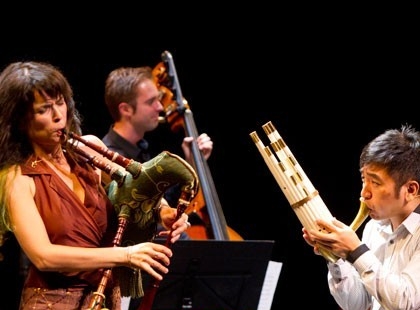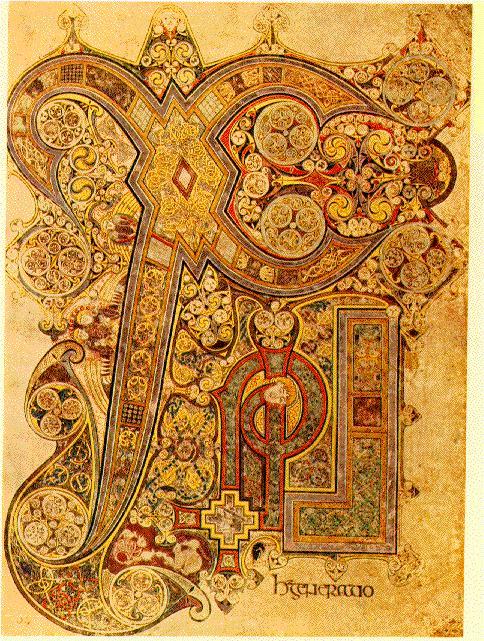This weekend, I had the privilege of attending a women’s retreat with my church group. Â At the brand new home of one our community’s members, we had a mega-sleepover with nail-painting, popcorn eating, and of course, girlie movie-watching. Â While half of us watched ‘Phantom of the Opera’ upstairs, the other half watched the Southern, hairsprayed gem of sisterhood films, ‘Steel Magnolias’.
I had seen the film before, but forgotten its many gems of dialogue…

Though not every quote is serious or particularly life-changing, each line is true to each character and wouldn’t be caught dead in any other movie. Â Only the pink crepe-paper wedding of a young Julia Roberts with an armadillo groom’s cake, would have a line like this.
Which made me try to think of other movies that have similarly spot-on dialogue, that serves more to establish character than anything else in the movie (hairstyles included). Â Some other films that jump out from my immediate memory are ‘Fargo’ (which purportedly included every “Um” and “Yah” in the original script) and also ‘My Big Fat Greek Wedding’ (Most memorable line: “Inside the lump…was my twin.”). Â In television, Maggie Smith has gained fame as of late, for her delivery of the Grand Duchess’s lines, which also serve up fans with perfect balance of nobility, snobbery, and honesty. Â Some other great films where dialogue takes center stage in terms of characterization are ‘Raising Arizona’ and ‘O Brother, Where Art Thou?’, both of which rely heavily on regional colloquialisms the same way that ‘Steel Magnolias’ does.
Character catch-phrases are an entirely different form of characterizing dialogue that can be generation-defining. Â E.g. “I’ll be back” and “Oh behave!” have their respective fan bases, while “Here’s to you, kid” and “I coulda been a contender” each have their own as well.
On the flip side, one of the biggest turn-offs to me, is a film with flat, generic dialogue where the writers are making characters say things. Â Like, “I’ve got an idea!” or “Why, you little–” that get the plot moving, but move characters like rusted gears, instead the fleshy, nuanced human beings they truly are. At any rate, my viewing of Steel Magnolias revealed to me just how much I appreciate good dialogue. Â And how like a good man, good dialogue is hard to find.













